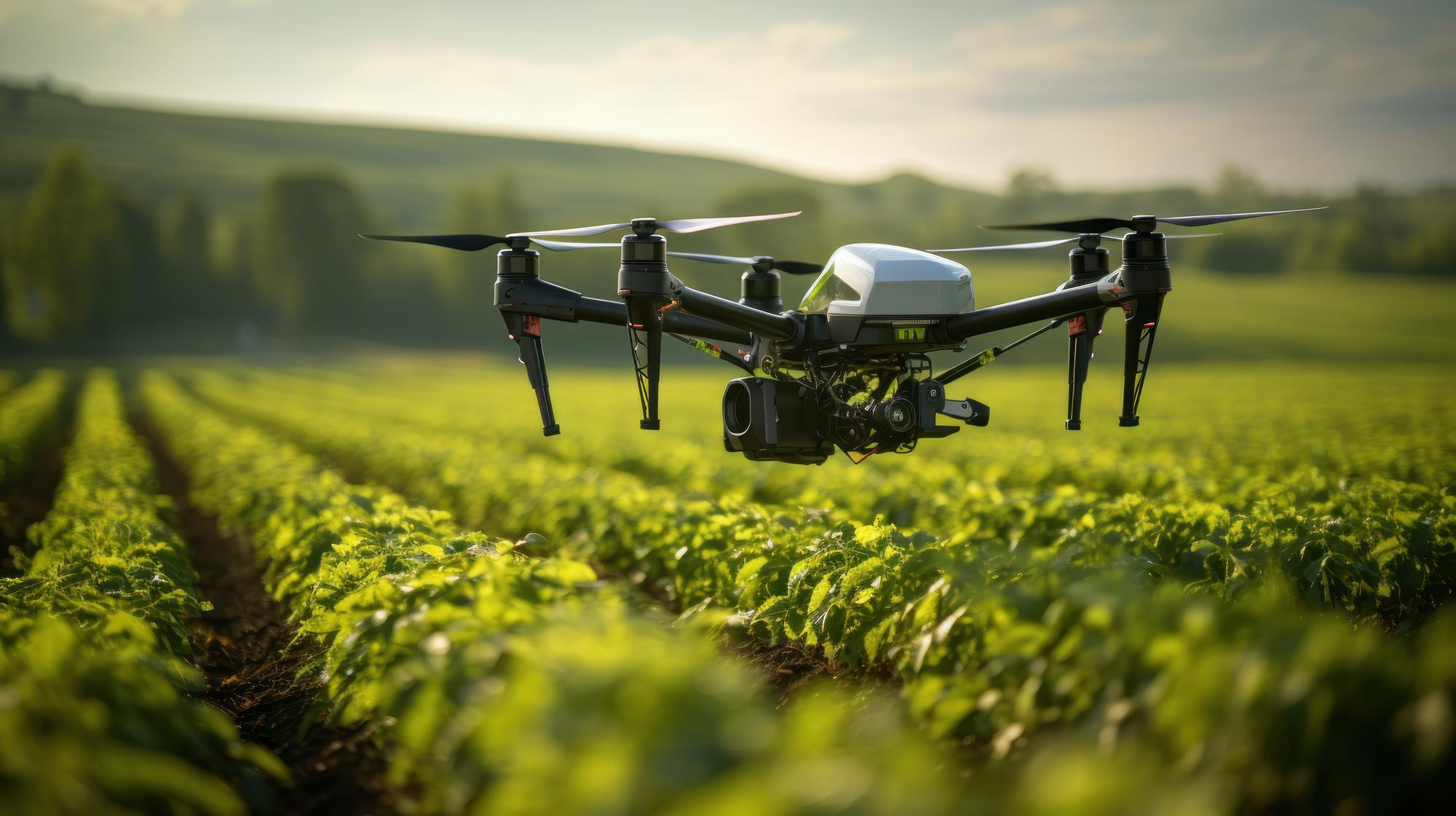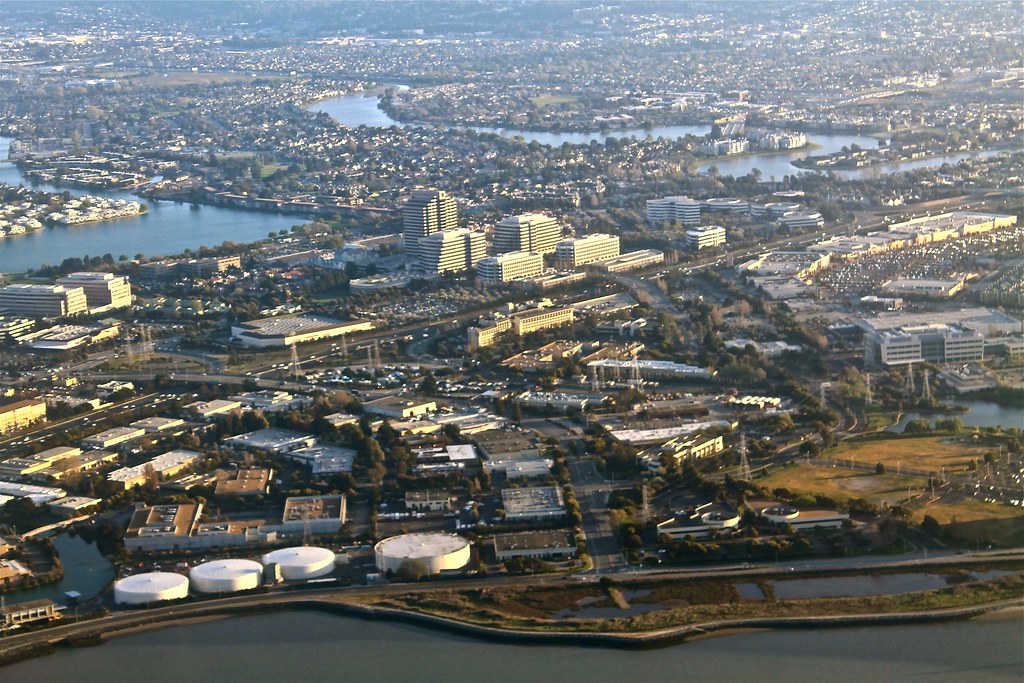Agriculture has always been the backbone of human civilization, providing the sustenance needed to support societies and economies worldwide. As the global population continues to expand, the demand for food production increases, pushing the agricultural sector to innovate and adapt. The introduction of advanced tools, substances, and now artificial intelligence (AI) and robotics, signifies a monumental leap towards sustainable and efficient farming practices.
Precision Poison Robots: The New Guardians of Crop Health
Historically, agriculture has been a tale of continuous evolution, from the domestication of plants and animals to the development of tools and machinery that eased and optimized farming activities. The green revolution of the 20th century, which introduced high-yield crop varieties and increased the use of chemical fertilizers and pesticides, marked a significant increase in agricultural productivity but also brought about new challenges. These include soil health degradation, reduced biodiversity, and the emergence of pests and diseases resistant to conventional control methods.
Enter the 21st-century innovation: robots equipped with AI and capable of delivering precision poison to weeds, sparing the crops. This technology, developed by researchers in Norway, marks an exciting development in the pursuit of sustainable agriculture. By distinguishing between crops and weeds, these robots can target and eliminate unwanted plants with a strategic drop of poison, showcasing an impressive blend of technology and environmental stewardship.
The farming robot, autonomously roaming the fields, is powered by an AI algorithm trained to recognize various plant species. This precision ensures that only the intended targets receive the poison, significantly reducing the amount of herbicide needed. Such an approach not only benefits the crops by reducing chemical exposure but also contributes to a healthier environment by minimizing unnecessary pesticide use.
Moreover, the potential applications of this technology are vast. While currently adept at handling crops like carrots, parsley root, spinach, radish, rocket, baby leaves, and celeriac, ongoing research aims to expand its capabilities. Imagine a future where these robots can not only target weeds with pinpoint accuracy but also detect and eliminate pests and diseases. The implications for crop health and yield are profound. As researchers like Ingeborg Klingen from the Norwegian Institute of Bioeconomy Research (NIBIO) point out, the journey has just begun. The possibility of integrating sensors to recognize the smell of pests and diseases opens new frontiers in agricultural technology, offering hope for even more effective crop protection strategies.

Precision Poison Robots: Significance to the Future of Agriculture
The implications of this technology extend beyond just weed control. Climate change, with its unpredictable weather patterns, droughts, floods, and increased pest and disease outbreaks, poses a significant threat to crop yields. The introduction of AI and robotics into agriculture offers a beacon of hope. These technologies can adapt and respond to the challenges posed by climate change, providing a way to protect crops from the myriad threats they face while minimizing environmental impact.
Moreover, the overuse of chemical fertilizers and pesticides has long been a concern, contributing to soil degradation and biodiversity loss. The precision poison robots present a solution to this issue, allowing for targeted application of chemicals, thereby reducing the overall usage and helping to preserve soil health and fertility. This approach aligns with the growing need for more sustainable agricultural practices, capable of feeding the growing population without compromising the planet’s health.
Safer farming and a cleaner environment are at the heart of this technological revolution. Traditional methods of pesticide application, while effective to a degree, have led to overuse and a slew of negative consequences for our planet. Precision poison robots offer a compelling alternative, one that promises to reduce pesticide use significantly. This not only benefits the crops and the farmers who tend them but also the broader ecosystem, including pollinators and aquatic life. The shift towards machines like these showcases a broader trend in agriculture: the move from broad-spectrum chemical applications to targeted, intelligent solutions. This leap forward in farming technology is not just about enhancing productivity; it’s about reimagining our relationship with the land we cultivate and the food we consume.
The emergence of AI and robotics in agriculture signifies a major achievement in the pursuit of sustainable and effective farming. These technologies, with their ability to precisely target and eliminate weeds while sparing crops, offer a promising future for agriculture. They not only address the immediate challenges of pest control and environmental degradation but also pave the way for innovations that could reshape the agricultural landscape. As we move forward, it is clear that the integration of technology in farming will play a crucial role in ensuring food security and environmental sustainability for future generations.
Related posts:
This poison shooting robot could be the future of agriculture
This robot can shoot weeds with poison
ScienceNorway.no on LinkedIn: This robot can shoot weeds with poison





